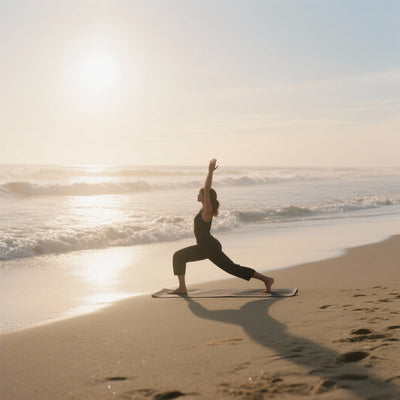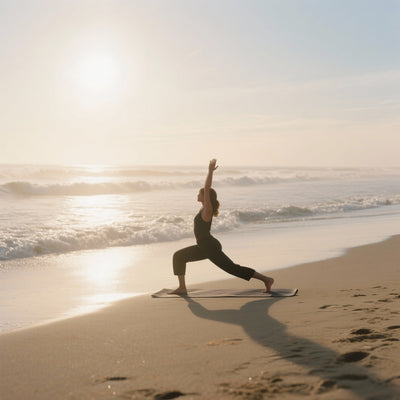Boost Your Mood: The Unexpected Benefits of Brisk Walking
In the hustle and bustle of daily life, it's easy to feel overwhelmed by stress and anxiety. Yet, a simple and accessible solution is readily available: brisk walking. More than just physical exercise, brisk walking is a true ally for your mental well-being. Discover how this activity can transform your mood and improve your quality of life.
This article explores the many benefits of brisk walking on your mood, drawing on scientific studies and practical advice. You'll learn how to easily integrate brisk walking into your routine and maximize its positive effects. Get ready to rediscover the joy of movement and say goodbye to the blues!
The Science Behind Happiness: How Brisk Walking Affects Your Brain
Brisk walking stimulates the release of endorphins, natural hormones that act as antidepressants and pain relievers. According to a study published in the Journal of Psychiatric Research , a 30-minute brisk walk can significantly reduce the symptoms of mild to moderate depression. Furthermore, brisk walking promotes the production of dopamine, a neurotransmitter associated with pleasure and motivation.
By increasing blood flow to the brain, brisk walking also improves cognitive functions such as memory and concentration. A study from the University of Illinois found that people who regularly engaged in brisk walking performed better on memory tests than those who led a sedentary lifestyle.
Stress and Anxiety Reduction: Brisk Walking, Your Anti-Depression Ally
Brisk walking is an excellent way to reduce stress and anxiety. By focusing on your breathing and movements, you can disconnect from worries and negative thoughts. A study published in the journal Health Psychology showed that regular brisk walking reduced levels of cortisol, the stress hormone, in participants.
Furthermore, brisk walking allows you to enjoy nature and fresh air, which can have a calming effect on your mind. A walk in a park or forest can help you recharge and regain a sense of calm and well-being.
Improving Self-Esteem: Power Walking, a Step Towards Confidence
Reaching even modest walking goals can boost your self-esteem and sense of accomplishment. Every step you take brings you closer to a better version of yourself. Seeing your progress gives you the confidence and motivation to continue taking care of your body and mind.
How to Easily Integrate Brisk Walking into Your Daily Routine
Brisk walking is an activity accessible to everyone, regardless of age or fitness level. Here are some tips to easily integrate it into your daily routine:
- Start gradually: if you are not used to exercising, start with short sessions of 10 to 15 minutes and gradually increase the duration and intensity.
- Find a walking partner: walking with a friend or family member can make the activity more enjoyable and motivating.
- Turn your journeys into walking opportunities: get off the bus one stop earlier, take the stairs instead of the elevator, walk your dog more often.
- Set yourself realistic goals: don't put too much pressure on yourself, the important thing is to move regularly and enjoy doing it.
Mistakes to avoid
- Do not overheat
- Do not hydrate
- Wearing the wrong shoes
- Not listening to your body
Brisk walking is much more than just physical exercise: it's a true ally for your mental and emotional well-being. By stimulating the release of endorphins, reducing stress and anxiety, and improving self-esteem, brisk walking can transform your mood and quality of life. So, put on your walking shoes and discover the unexpected benefits of brisk walking!











